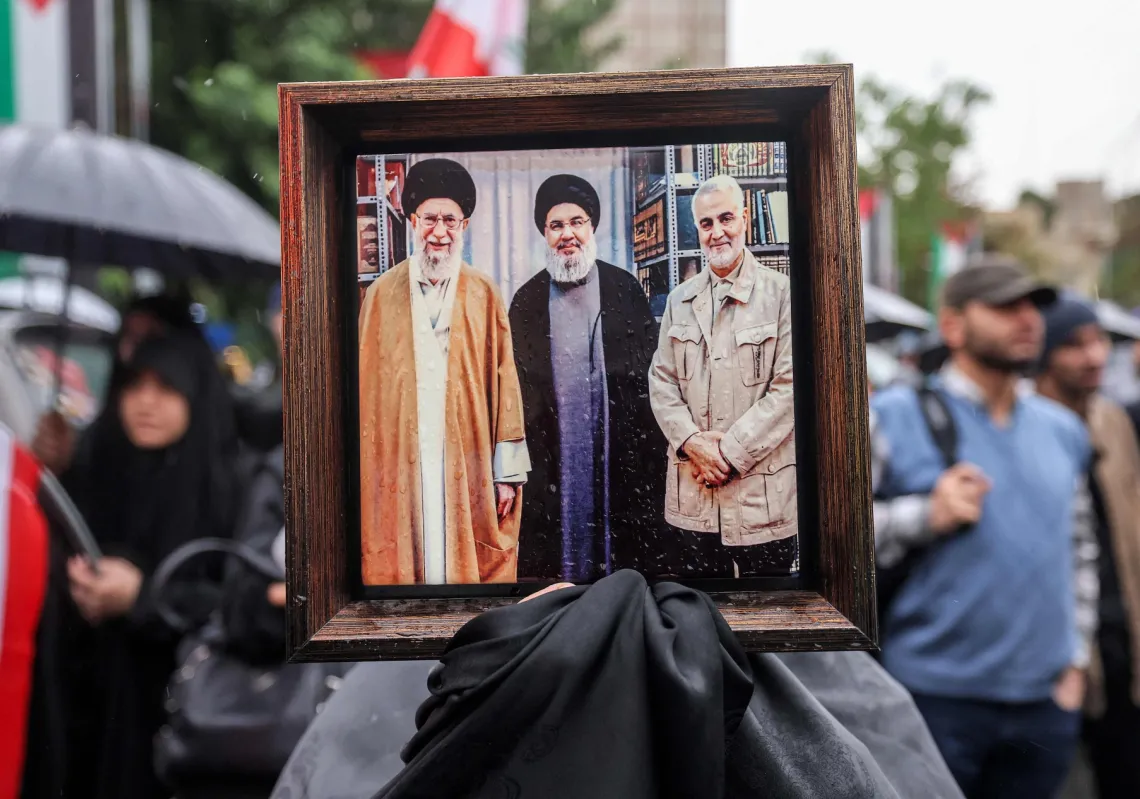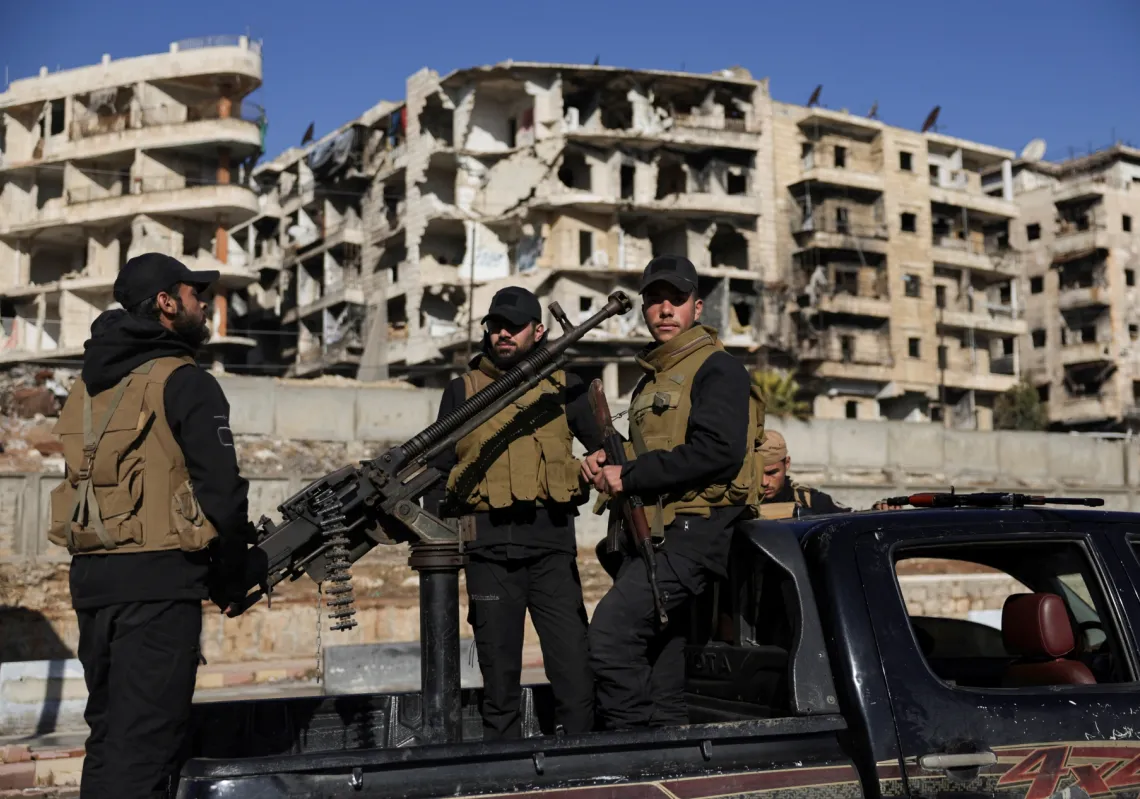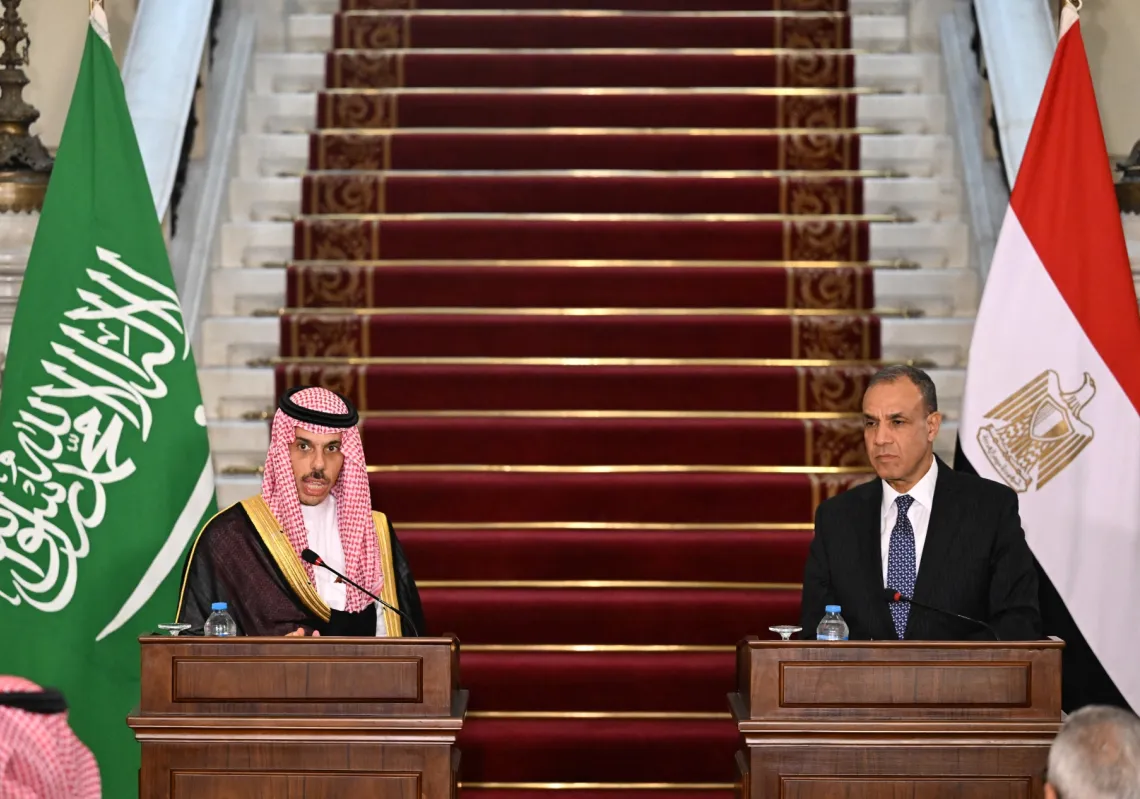On 4 December 1992, Israeli history professor Yair Hirschfeld and top Palestinian negotiator Ahmed Qurei (aka Abu Alaa) secretly met at the Cavendish Hotel in Piccadilly Circus, London. Facilitating the London meeting was 45-year-old Norwegian statesman Terje Rod Larsen, then-president of the Institute of Applied Science, who decided to invest in Hirschfeld’s friendship with the deputy foreign minister of Israel Yossi Belin, who was serving in the cabinet of Israeli Prime Minister Yitzhak Rabin. Belin contacted his boss, Foreign Minister Shimon Peres, to inform him of the meeting with Abu Alaa. Peres did not say a word, which Belin understood as a silent nudge to move forward.
Later that month, Hamas carried out a series of attacks, including the kidnapping and killing of an Israeli soldier on 13 December, which led to the arrest and forced expulsion of 415 Palestinians to South Lebanon. Amid simmering regional tension, a serious breakthrough in the peace talks was not expected, and this could be why, during the early stages, Rabin—who deeply mistrusted Peres—wasn't even informed of the talks. Neither was US President Bill Clinton, who came to the White House in January 1993. Only Peres and Palestinian Liberation Organisation (PLO) chief Yasser Arafat were on board, and pretty soon, so was Mahmud Abbas (Abu Mazen), the current president of Palestine.
At the time, Abbas summoned Abu Alaa and said: “There is no such thing as just an academic in Israel. They all either work for the Mossad or the foreign ministry.” He lobbied for a new round in Norway to be fully under Rod Larsen’s sponsorship, and after obtaining Arafat’s permission, he called for the expansion of the Palestinian delegation to include his trusted confident Hasan Asfour and Maher al-Kurd, a Palestinian economist. The two sides then decided to inform Rabin first and then the Clinton Administration via Israel. The Palestinian side informed Egyptian President Hosni Mubarak and told him to keep the matter strictly confidential.
Round 1
The first round of Norway talks took place in a secluded manor in Sarpsborg, 80 km south of Oslo, on 13 January 1993. Two days later, the Israeli delegation drafted a Declaration of Principles (DOP), agreeing to a full withdrawal from the Gaza Strip, where one million Palestinians were crammed into a densely populated area of 360 square kilometres.
Every Israeli government considered Gaza a security nightmare, with the country’s first premier, David Ben Gurion, describing it as a “cancer”, while Rabin himself said that he longed for the day he would wake up to find Gaza vanished from the face of the earth. That summer, the Israeli daily newspaper Maariv conducted a survey that found 77% of Israelis polled supported a withdrawal from Gaza.
Round 2
On 11 February 1993, a second round of talks was held in Oslo, but Peres demanded more senior Palestinian representation—claiming that he had never heard of Qurei—to make sure Arafat was aware of the meetings and that they had his mandate. Meanwhile, formal talks in Washington between Israeli and Palestinian negotiators—which commenced in the aftermath of the 1991 Madrid Peace Conference—were stagnant.
Peres wanted Oslo to complement and revive the Washington talks rather than replace them. He needed the Washington track to pressure the Syrians, who were also engaged in peace talks with the Israelis post-Madrid, making Oslo conditional on renewed US involvement. Arafat agreed, approving a ninth round of talks in Washington, which unsurprisingly yielded no results.
Round 3
On 13 May 1993, Hirschfeld and Abu Alaa returned to Oslo, this time with Uri Savir, director of the Israeli foreign ministry. He left Tel Aviv for Paris, claiming that he was planning to meet his wife in Cannes on the French Riviera. After throwing around a few towels to make his hotel room look occupied, he hung a “Do Not Disturb” sign on its door and sneaked off to Norway. At the meeting, Abu Alaa asked him: “Where are you from?” to which Savir confidently replied: “From Jerusalem.”
The following exchange occurred:
Abu Alaa: “Your father?”
Savir: “My father was born in Europe.”
Abu Alaa: “Aha ... but my father was born in Jerusalem. So was my grandfather and all of my ancestors.”
Savir: “Do you want to take us back to the time of King David?”
Abu Alaa: “No...We don’t agree on the past and seemingly never will. But let’s try to agree on the future.”
















